简体中文
繁體中文
English
Pусский
日本語
ภาษาไทย
Tiếng Việt
Bahasa Indonesia
Español
हिन्दी
Filippiiniläinen
Français
Deutsch
Português
Türkçe
한국어
العربية
Reveal the true cost of forex trading fees
Abstract:Potential profits and market opportunities are usually the most focused factors for traders in the forex market. This article focuses on explaining how small fees add up over time and affect profitability.
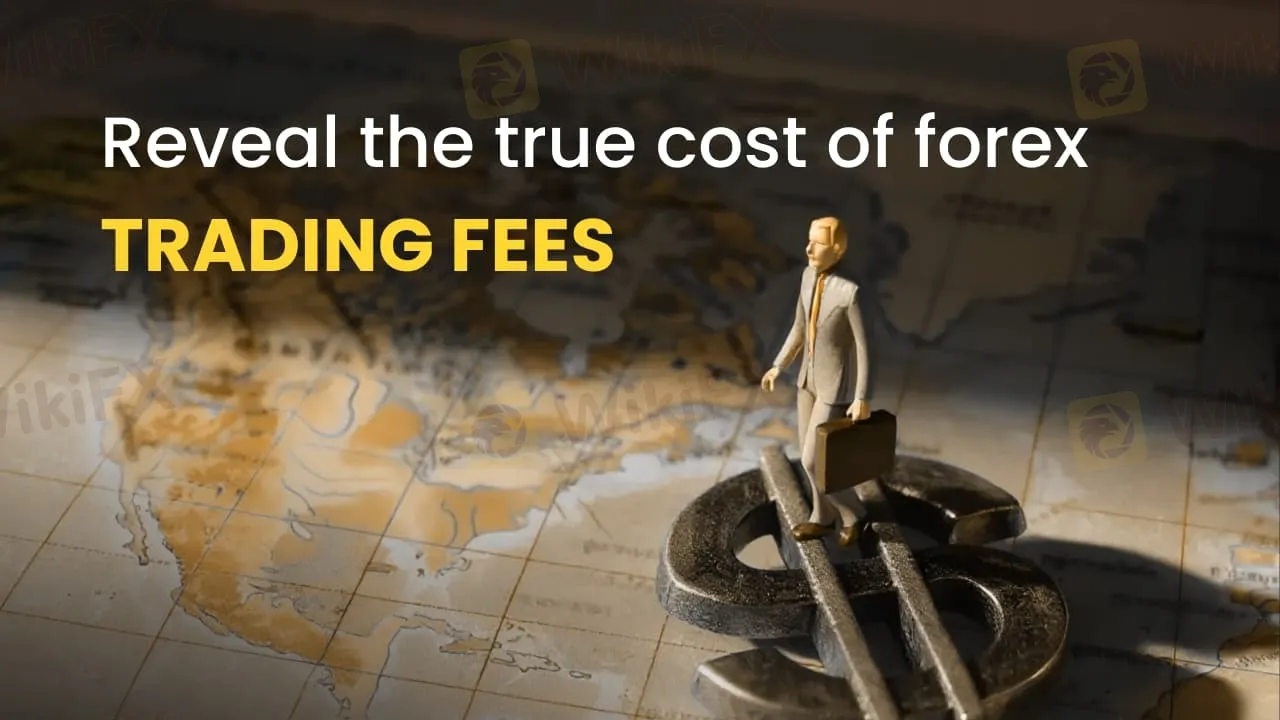
Potential profits and market opportunities are usually the most focused factors for traders in the forex market. This article focuses on explaining how small fees add up over time and affect profitability.
Breaking Down Forex Trading Fees
Forex brokers typically earn money through several spreads, commissions, swap fees, and additional fees.
Spreads: The difference between the bid and ask price of a currency pair.
Commissions: A fixed fee per lot traded, usually in ECN or low-spread accounts.
Overnight/Swap Fees: Charged when positions are held overnight.
Additional Fees: Including withdrawal charges, inactivity fees, or currency conversion costs.
How Fees Add Up in Practice: Example in Reality
If a trader decided to invest in Exness, Exness offers tight spreads as low as 0.1 pips on EUR/USD in its Raw Spread account, but charges a commission of $7 per lot. A scalper executing 50 trades in a month (1 lot each) would pay:
- $7 x 50 trades = $350 in commissions alone.
- If spreads average 0.1 pips, that adds roughly another $50.
- Total monthly cost: $400, excluding swaps.
At first glance, commission-based accounts may seem expensive, but depending on your trading style, they can save you money over time.
The Hidden Impact of Overnight Fees
For swing traders, overnight swaps can become a silent cost. For example, a forex broker charges positive or negative swaps depending on interest rate differentials. Holding a standard 1-lot EUR/USD trade for 10 nights could cost around $40–$60 in swaps, depending on market conditions. This may not seem much, but compounded over a year, it adds hundreds of dollars.
How Fees Affect Profitability
Imagine a trader generates an average monthly profit of $1,500. If trading fees account for $400–$700 of costs, thats 27–47% of profits lost to fees. Over a year, this could mean thousands of dollars in reduced net returns.
Particularly, High-frequency traders, though less affected by spreads, cannot ignore swaps and hidden costs.
Minimizing Forex Trading Costs
- Choose the Right Broker for Your Strategy – WikiFX offers a good way for traders to choose a suitable broker. Traders may benefit from low-spread, commission-based brokers, as WikiFX offers broker details.
- Compare Swap Rates – Especially for swing or position trading.
- Watch for Hidden Fees – Withdrawal charges and currency conversions can reduce net gains.
Conclusion
The true cost of forex trading fees is important because it contains some small fees that you may ignore initially. What seems like a fraction of a pip or a minor overnight charge can accumulate into thousands over time. Traders who want to maximize profitability must go beyond headline spreads and compare the all-in costs across brokers.
By revealing and understanding these hidden costs, traders can make informed choices, align with the right broker, and ultimately keep more of their profits.

Disclaimer:
The views in this article only represent the author's personal views, and do not constitute investment advice on this platform. This platform does not guarantee the accuracy, completeness and timeliness of the information in the article, and will not be liable for any loss caused by the use of or reliance on the information in the article.
Read more
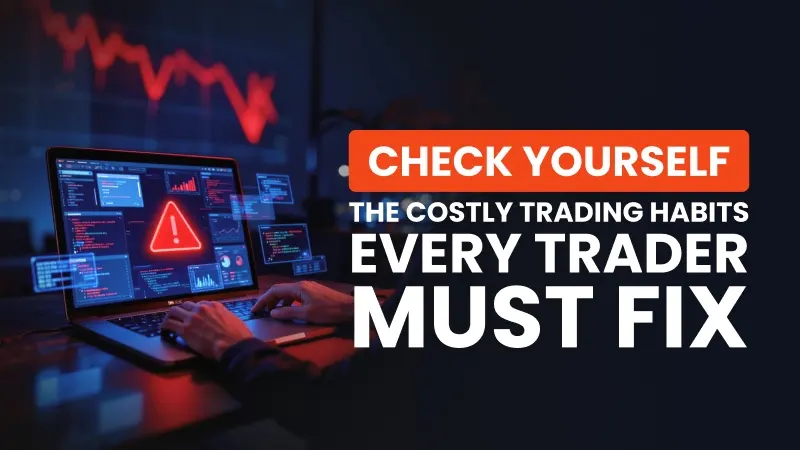
Check Yourself: The Costly Trading Habits Every Trader Must Fix
Are the trading habits you barely notice the very ones quietly destroying your profits, and could a single overlooked mistake be costing you far more than you realise?
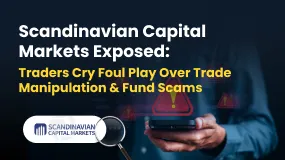
Scandinavian Capital Markets Exposed: Traders Cry Foul Play Over Trade Manipulation & Fund Scams
Does Scandinavian Capital Markets stipulate heavy margin requirements to keep you out of positions? Have you been deceived by their price manipulation tactic? Have you lost all your investments as the broker did not have risk management in place? Were you persuaded to bet on too risky and scam-ridden instruments by the broker officials? These are some burning issues traders face here. In this Scandinavian Capital Markets review guide, we have discussed these issues. Read on to explore them.
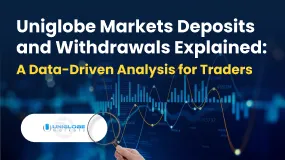
Uniglobe Markets Deposits and Withdrawals Explained: A Data-Driven Analysis for Traders
For any experienced trader, the integrity of a broker isn't just measured in pips and spreads; it's fundamentally defined by the reliability and transparency of its financial operations. The ability to deposit and, more importantly, withdraw capital seamlessly is the bedrock of trust between a trader and their brokerage. When this process is fraught with delays, ambiguity, or outright failure, it undermines the entire trading relationship. This in-depth analysis focuses on Uniglobe Markets, a broker that has been operational for 5-10 years and presents itself as a world-class trading partner. We will move beyond the marketing claims to scrutinize the realities of its funding mechanisms. By examining available data on Uniglobe Markets deposits and withdrawals, we aim to provide a clear, evidence-based picture for traders evaluating this broker for long-term engagement. Our investigation will be anchored primarily in verified records and user exposure reports to explain the Uniglobe Mar
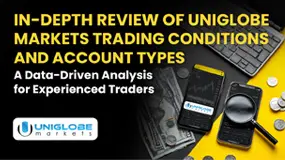
In-Depth Review of Uniglobe Markets Trading Conditions and Account Types – An Analysis for Traders
For experienced traders, selecting a broker is a meticulous process that extends far beyond headline spreads and bonus offers. It involves a deep dive into the fundamental structure of a broker's offering: its regulatory standing, the integrity of its trading conditions, and the flexibility of its account types. Uniglobe Markets, a broker with an operational history spanning over five years, presents a complex case study. It offers seemingly attractive conditions, including high leverage and a diverse account structure, yet operates within a regulatory framework that demands intense scrutiny. This in-depth analysis will dissect the Uniglobe Markets trading conditions and account types, using data primarily sourced from the global broker inquiry platform, WikiFX. We will explore the Uniglobe Markets minimum deposit, leverage, and account types to provide a clear, data-driven perspective for traders evaluating this broker as a potential long-term partner.
WikiFX Broker
Latest News
The 350 Per Cent Promise That Cost Her RM604,000
"Just 9 More Lots": Inside the Endless Withdrawal Loop at Grand Capital
GCash Rolls Out Virtual US Account to Cut Forex Fees for Filipinos
Garanti BBVA Securities Exposed: Traders Report Unfair Charges & Poor Customer Service
Private payroll losses accelerated in the past four weeks, ADP reports
INZO Commission Fees and Spreads Breakdown: A 2025 Data-Driven Analysis for Traders
Gratitude Beyond Borders: WikiFX Thank You This Thanksgiving
Core wholesale prices rose less than expected in September; retail sales gain
Consumer confidence hits lowest point since April as job worries grow
MH Markets Commission Fees and Spreads Analysis: A Data-Driven Breakdown for Traders
Currency Calculator



